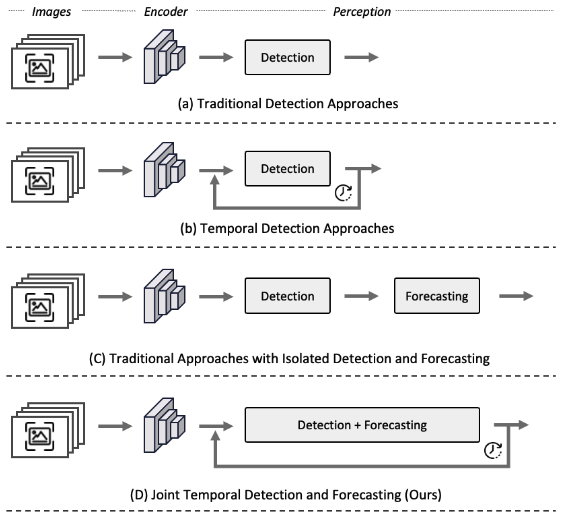In the intricate realm of modern science, the convergence of disciplines often yields innovations that paint a vivid picture of the future. Within this dynamic landscape, Letian Wang emerges as a luminary, his work forging pathways into uncharted territories of nanotechnology. He is not merely a scientist but an architect of tomorrow’s nanoworlds, constructing intricate structures where the laws of physics and chemistry dance in harmonious cadence.
Wang’s journey into the microscopic universe began with a profound curiosity that burgeoned during his formative years. This curiosity has evolved into a relentless pursuit of knowledge, continuously pushing the envelope of conventional understanding. The metaphorical lens through which we observe his contributions unveils a landscape reminiscent of an intricately woven tapestry—each thread representing a distinct yet interrelated concept, from the basic principles of quantum mechanics to the complex orchestration of materials science.
At the core of Wang’s research is the manipulation of two-dimensional (2D) materials, a field that has surged to prominence in recent years. These materials, with their unparalleled electronic and optical properties, can be envisioned as the elemental bricks of the nanoworld. Much like atoms composing a molecule, 2D materials unite to form structures that exhibit unique characteristics, opening avenues for applications that were previously confined to the realm of speculation.
The scientific community often likens Wang’s work to that of an orchestrator conducting a symphony, where each note corresponds to a different aspect of nanomaterials. His contributions to the development and characterization of transition metal dichalcogenides (TMDs) serve as a prime example. TMDs, characterized by their layered structures, resonate with potential applications in electronic devices, photodetectors, and even quantum computing. Wang’s meticulous research not only elucidates the fundamental physical phenomena inherent to these materials but also catalyzes their integration into practical applications, enhancing the tapestry of technology.
In the pursuit of creating more efficient electronic systems, Wang’s investigations into van der Waals heterostructures stand testament to his innovative prowess. These structures, akin to a multi-layered geological formation, comprise a combination of different 2D materials, assembled with precision that rivals that of master sculptors. The interface of these layered materials is crucial, as it dictates their collective properties—akin to how geopolitical boundaries affect international relations. Here, Wang’s deep understanding of interlayer interactions propels research towards new frontiers in optoelectronics, demonstrating how collaboration between materials can yield unexpected results.
However, the implications of Wang’s work extend far beyond the laboratory. The unique appeal of his research lies not only in the technical advancements but also in the potential to revolutionize industries. Imagine a world where solar cells capture energy with the efficiency of a chameleon adapting to its environment or where electronics are as lightweight as feathers yet as durable as steel. This visionary perspective underpins Wang’s ethos—one that champions sustainability and the relentless pursuit of cleaner energy solutions.
The quest for sustainability resonates deeply within Wang’s work on 2D materials in energy storage systems. As modern society grapples with the exigencies of climate change, Wang seeks to harness the properties of these materials to develop more efficient batteries and supercapacitors. The metaphor here is profound: just as ecosystems thrive on diversity, so too do energy systems benefit from the intricate complexities offered by advanced nanomaterials. His research embodies the belief that the future of energy lies in innovation that respects and integrates with the natural world rather than antagonizing it.
Moreover, Wang’s interdisciplinary approach exemplifies a fascinating synthesis of science and art, where aesthetics and functionality coalesce. The visual allure of nanostructures, often overlooked, plays a crucial role in public engagement with science. His explorations into the aesthetic dimensions of materials serve as a bridge, drawing in audiences from various backgrounds—engineers, artists, and laypersons alike. Just as a painter employs light and shadow to evoke emotion, Wang leverages nanostructuring techniques to manipulate optical properties, producing materials that dazzle as much as they inform.
As the scientific community looks to the horizon, Wang’s vision provides a clear trajectory for future explorations. The interplay of creativity and scientific rigor illustrates a paradigm shift, one that elevates the role of the scientist as not only a researcher but also a visionary architect. By delving into the realms of quantum phenomena and material interfaces, Wang fosters an environment where knowledge is no longer stagnant but evolves in harmony with technological advancements.
In conclusion, Letian Wang stands as a beacon of innovation in the vast expanse of nanotechnology. His work is a testament to the interplay of curiosity, creativity, and scientific rigor, crafting not just new materials but a new way of thinking about the possibilities within the nanoworld. As we navigate the intricacies of this brave new frontier, the architectural designs of Wang will undoubtedly leave an indelible mark on the fabric of contemporary science and its future trajectories. The nanoworlds he constructs today will serve as the foundation upon which the marvels of tomorrow are built, proving that each advance in nanotechnology is akin to a brushstroke on the grand canvas of human achievement.












